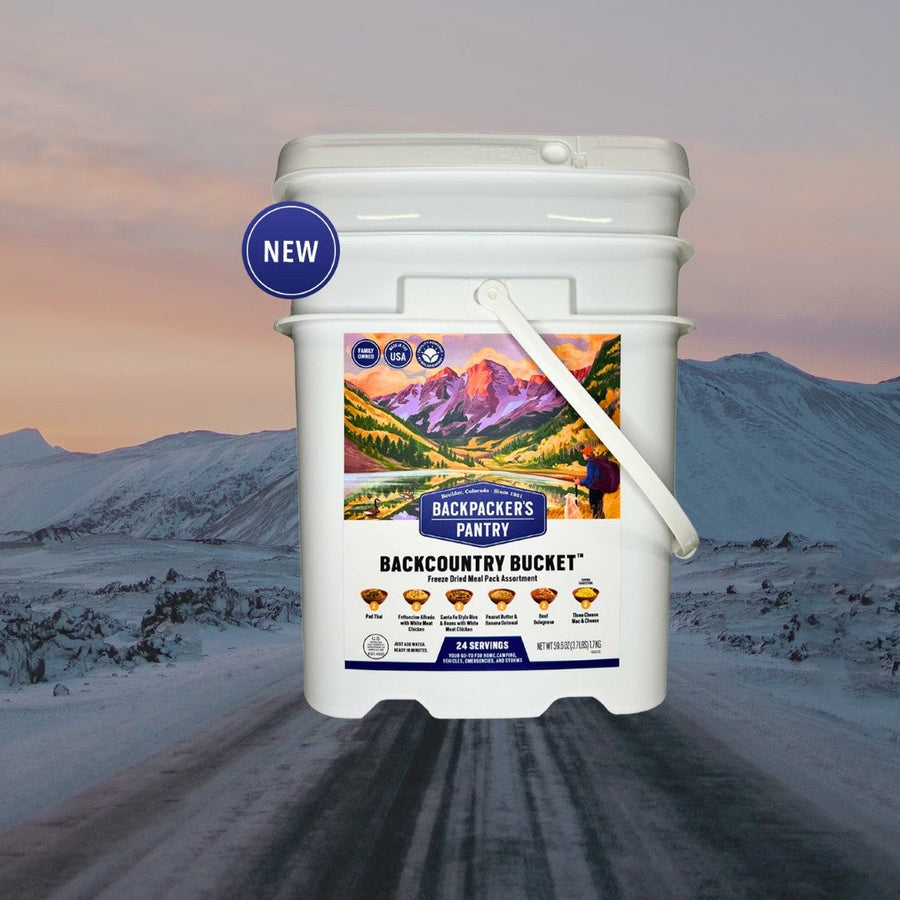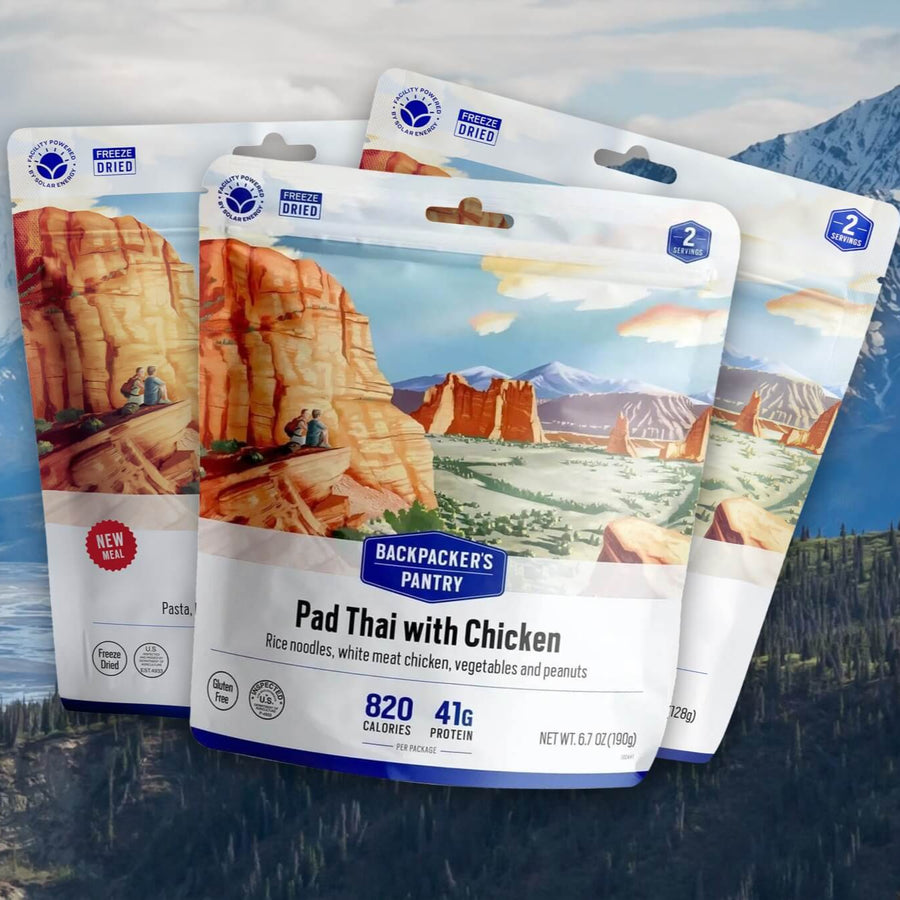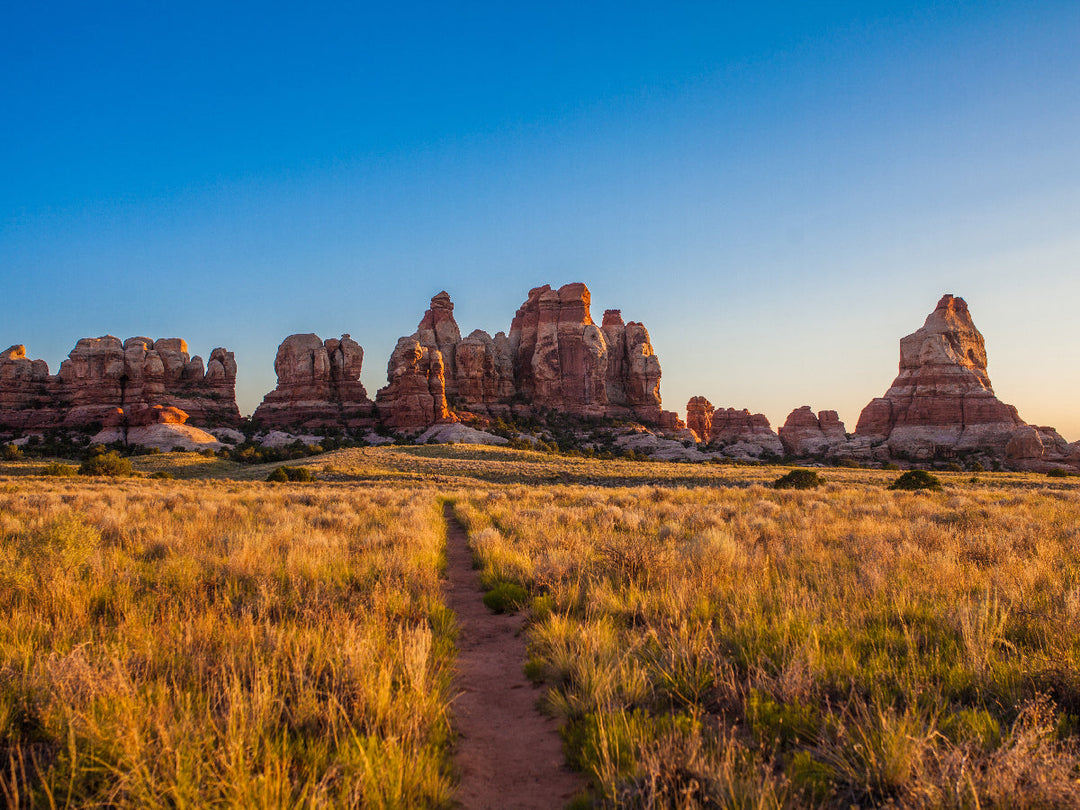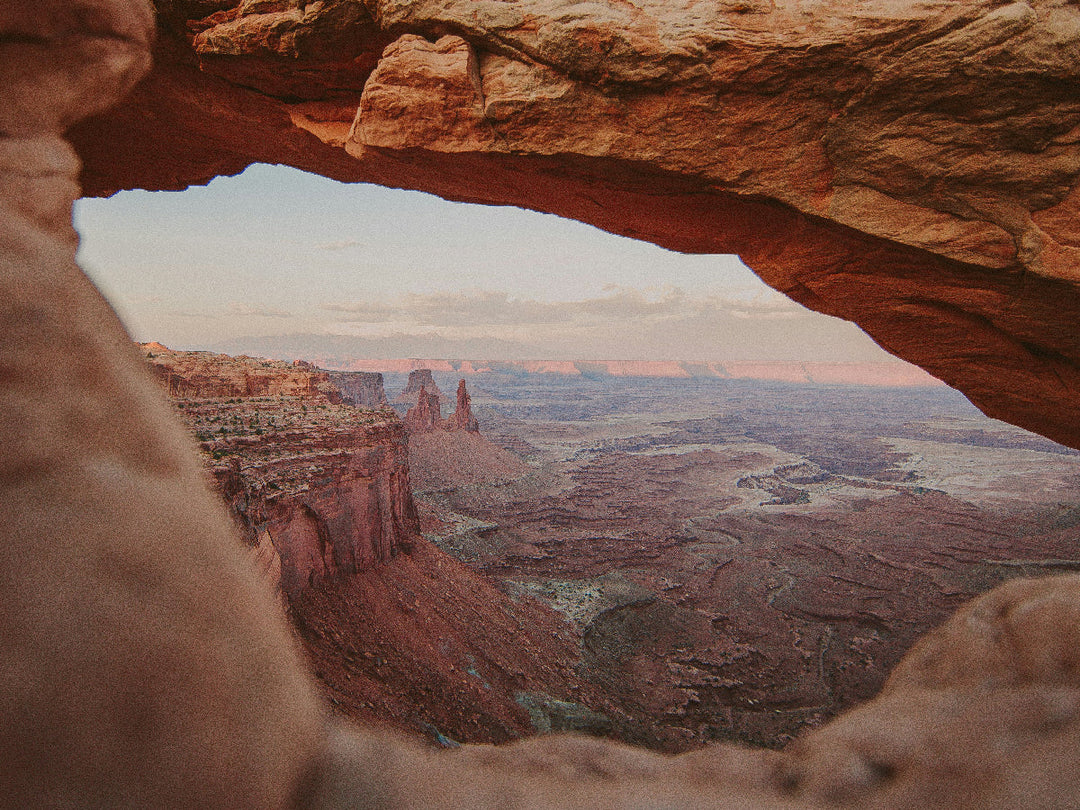32 Essential Items to Put in Your Backpacking First Aid Kit

A fully stocked first aid kit is an essential part of staying safe when you head out on a longer backpacking trip. You can purchase pre-made kits, but it’s also easy to make your own, and here’s what your DIY first aid kit should contain:
1. Bandages: Choose assorted sizes for minor cuts, blisters and other wounds.
2. Butterfly closures or 4-inch strips: Great for sealing large wounds.
3. 4x4 sterile dressing pads: Useful for applying pressure to wounds to stop bleeding.
4. 2x2 non-adherent sterile dressing: Use these to cover burns, blisters or lacerations.
5. Gauze roll: Useful for holding wound dressings in place.
6. Roll of adhesive tape: Use to hold your dressings in place.
7. Multi-use tool: This tool should include scissors and a knife.
8. Tweezers or forceps: For removing ticks, splinters and debris from fresh wounds.
9. Trauma scissors: Use to cut away medical tape and clothing from injuries.
10. Digital thermometer: Use to check for fever, which could point toward infections.
11. Malleable splint: Choose a SAM splint or other type of lightweight foam-covered aluminum product.
12. Irrigation syringe: Use to clean and flush wounds.
13. Suction syringe: Use to clear fluid from the mouth when giving CPR.
14. Safety pins: Use to fasten arm slings, remove splinters or poke a hole in a plastic bag for wound irrigation.
15. Cotton-tip swabs: For applying antibiotic ointment or removing debris from the eyes.
16. Plastic bags: Use to create a makeshift wound irrigation device or icing a swollen joint.
17. Rubberized bandage: Use as wound dressings, an outer wrap on splints or as support for joint injuries.
18. Antiseptic towelettes: Use to clean small wounds.
19. Lidocaine cleansing pads: These include a topical anesthetic for stings and abrasions.
20. Topical antibiotic ointment: Vaseline can also be used to dress a wound.
21. Moleskin: Use to help prevent blisters; duct tape can also be used for this purpose.
22. Povidone Iodine 10%: To prevent infection, dilute to a ratio of 1% or less to flush wounds.
23. Aloe vera gel: Use to relieve minor burns.
24. Pain relievers: Acetaminophen or NSAIDs; aspirin may be used to reduce the risk of a cardiac event depending on age.
25. Antihistamines: Reduce reactions to stings or bites and relieve allergies.
26. Imodium: Relieve diarrhea.
27. Antacids or Pepto Bismol: For relieving abdominal upset and general diarrhea.
28. Hydrocortisone cream: Relieving skin irritation from stings, poison oak, bites or allergic reactions.
29. Nitrile or latex gloves: Protects from infection and potential blood-borne disease.
30. Rehydration salts: Packet of glucose and electrolyte salts to treat heat exhaustion or dehydration.
31. Space blanket/bag: Lightweight emergency shelter for hypothermia.
33. Caffeine pills: Alertness aid during emergency evacuations.
A comprehensive first-aid kit should also contain a Wilderness First Aid booklet and dehydrated, freeze-dried food in case you are stranded due to inclement weather, an accident or injury.
Backpacker's Pantry provides ready-to-eat, lightweight backpacking food for every type of outdoor adventure. Browse our nutritious, gourmet food for the trail.





